It’s a somewhat contrived name, combining two Spanish words, to represent “refuge by the sea.” Asilomar (a-SIL-o-mar), in reality, is also a beautiful, historic place on the Monterey Peninsula where I was fortunate to spend a few days in mid-April.
I attended a conference sponsored by California State Parks, held at the Asilomar State Beach and Conference Grounds, which is a state parks facility, in Pacific Grove, just south of Monterey. People attending represented the State Parks office and those non-profit associations that are the official partners of state parks. As vice president of the board of the Anza-Borrego Foundation (ABF), partner of the Anza-Borrego Desert State Park, I was among them. Whoda thunk it? (I was only there because ABF did not then have an executive director in place . . . and I had the time.)
But it’s the place, not the conference, on which I want to focus here. And by place, I refer both to the grounds and buildings of the Conference Center as well as the State Beach. The coastline of and sea around the Monterey Peninsula are as awesome as you would expect, but you may be unfamiliar with Asilomar’s historic element.
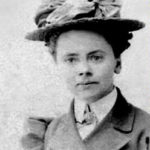
Familiar with the name Julia Morgan? Or American Craftsman style of architecture? Or the Arts and Crafts Movement? Asilomar is a blend of the three. Julia Morgan is well known in California as one of the foremost architects of the first half of the 20th Century. I urge you to do more research online about her and her work. Her name is familiar to me, as she worked on the design of several buildings/structures on the UC Berkeley campus, where I worked for a dozen years, and in the Berkeley/Oakland area.
A Berkeley graduate (1894) in engineering, Morgan became the first woman to become a licensed architect in California in 1904. Through her work at Berkeley, Morgan became known to Phoebe Apperson Hearst, principal patron of the Berkeley campus. Hearst was also a patron of the YWCA, which was seeking land for a campground. With Hearst’s assistance, the YWCA received a donation of 30 acres in Pacific Grove in 1913. Morgan was asked by Hearst to design the camp grounds and buildings.
Morgan used a style blending elements of the Arts and Crafts Movement and American Craftsman style, emphasizing nature, the qualities of the land, and local materials. As you’ll see in the video at the end (13:38), the buildings are generally strongly horizontal, with wood and stone predominating.
There are lots of windows and interiors feature exposed beams instead of ceilings. Just about every original building features a large stone fireplace, not only for heat but as a place to gather.
Three original main buildings surround a campus circle. They are Crocker Dining Hall, representing sustenance; Hearst Hall, offering a place for social activities; and Dodge Chapel, for spiritual uplift. Other buildings provided for recreation and served as residences for campers and counselors. The state has since expanded the facilities to enable more conference attendees. The newer buildings are in similar style and rooms are somewhat spare – no telephones or televisions. There is wi-fi.
Morgan worked on Asilomar for 15 years, finishing in 1928. She had many more projects going on and to do. In all, she designed more than 700 buildings in California. In 1919, Phoebe Apperson Hearst’s son, Willam Randolph Hearst, selected Morgan to do up a little thing called La Cuesta Encantada, better known now as Hearst Castle. She designed and worked on that project for nearly 30 years.
The State of California purchased the YWCA property in 1956, less than a year before Morgan’s death. In 1987, Asilomar was designated a National Historic Landmark for its architecture and in the context of Morgan’s career. Just three years ago, in 2014, the American Institute of Architects awarded its Gold Medal to Julia Morgan, the first woman to be so honored . . . belatedly.
 The environment in which this historic facility is located is breath-taking. That’s in the video below – not just visually, but aurally. The views are spectacular and the sound is a roar. You’ll see shorebirds, sand dunes, plant life (somewhat surprisingly similar to the desert) and crashing waves that seem always turned up to 11 in volume. (Weather conditions changed over the three days I was there, and the video is not linear in time. So you’ll see different conditions at different times.)
The environment in which this historic facility is located is breath-taking. That’s in the video below – not just visually, but aurally. The views are spectacular and the sound is a roar. You’ll see shorebirds, sand dunes, plant life (somewhat surprisingly similar to the desert) and crashing waves that seem always turned up to 11 in volume. (Weather conditions changed over the three days I was there, and the video is not linear in time. So you’ll see different conditions at different times.)
Getting to and from Asilomar wasn’t easy, but it brought me to a part of California to which I had never been – the western side of the Central Valley, west of Bakersfield. I still get surprised by California’s scale and the size of its emptiness, its wildness. This map gives some geographical context and the highlighted area (approximate) is offered in more detail.
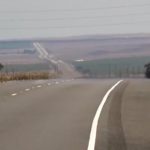 Not that there’s much to detail. You’ll see how open and “empty” this expanse is. What would “normally” take about seven hours driving (440 miles each way, just about the same as Boston-Washington, DC) took me nine hours in each direction, because of LA traffic.
Not that there’s much to detail. You’ll see how open and “empty” this expanse is. What would “normally” take about seven hours driving (440 miles each way, just about the same as Boston-Washington, DC) took me nine hours in each direction, because of LA traffic.
Again, though, some amazing views, surprising roadside installations, and the site of the last scene of a 1950s movie icon.
It’s California.


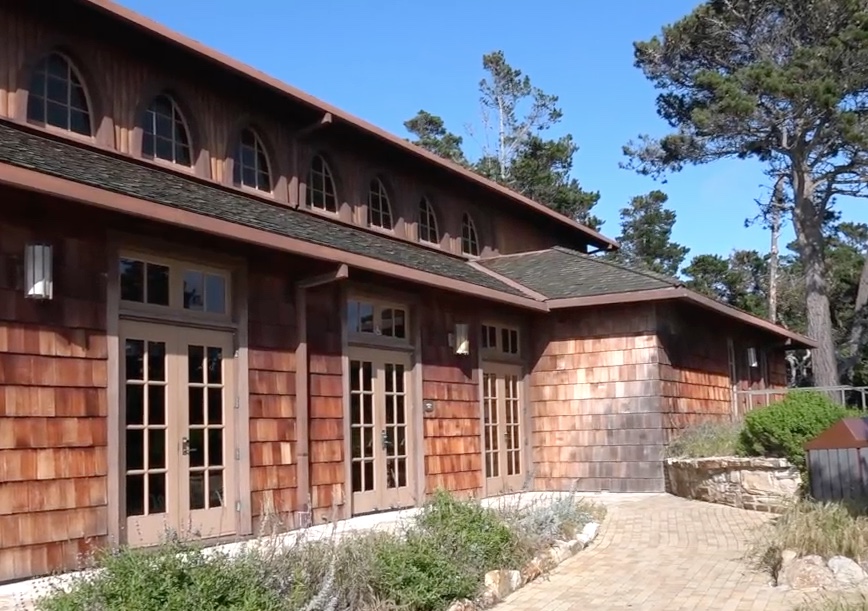
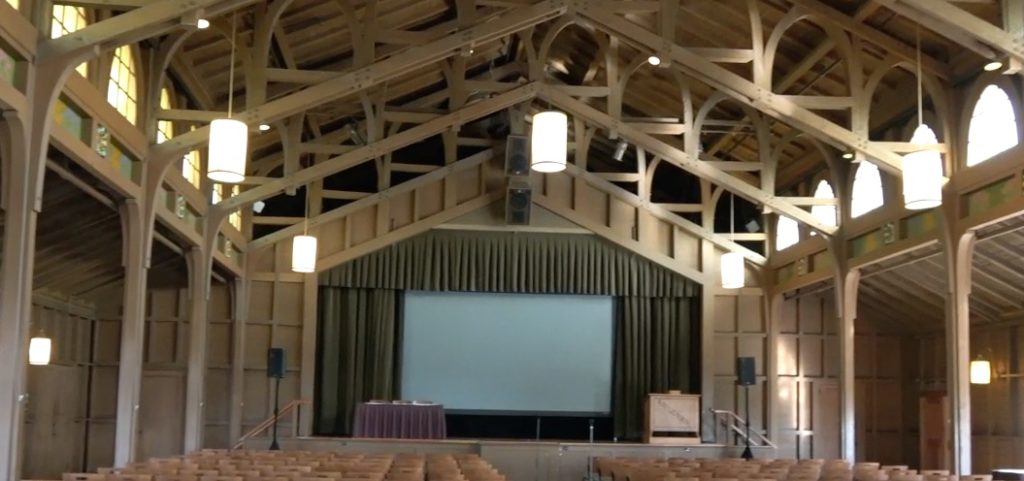
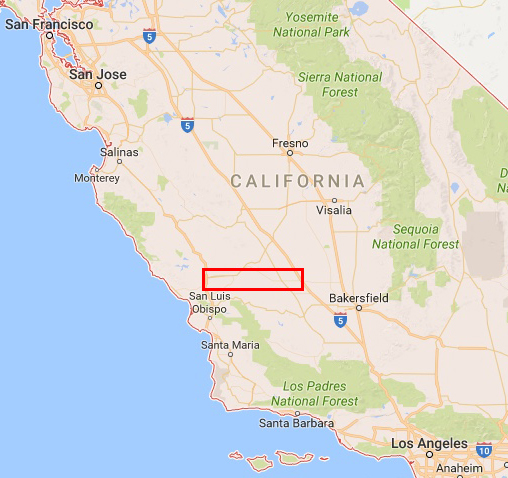

Hi there, I enjoy reading all of your article post. I wanted to write a little comment to support you.
http://educationpoints.eu
Awesome post Jefe! It was a pleasure to meet you at the conference, and blast hanging out with you. Kudos!